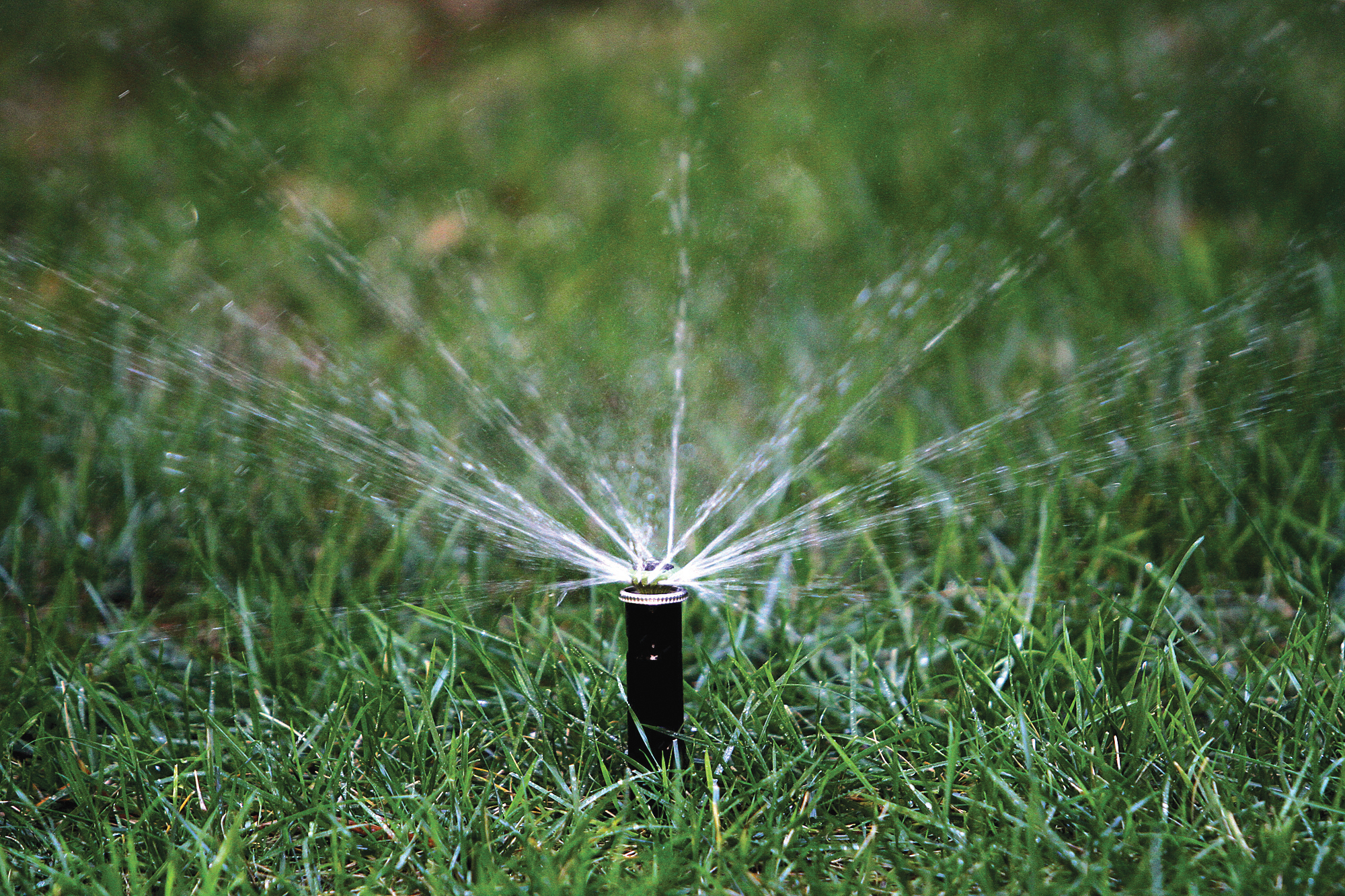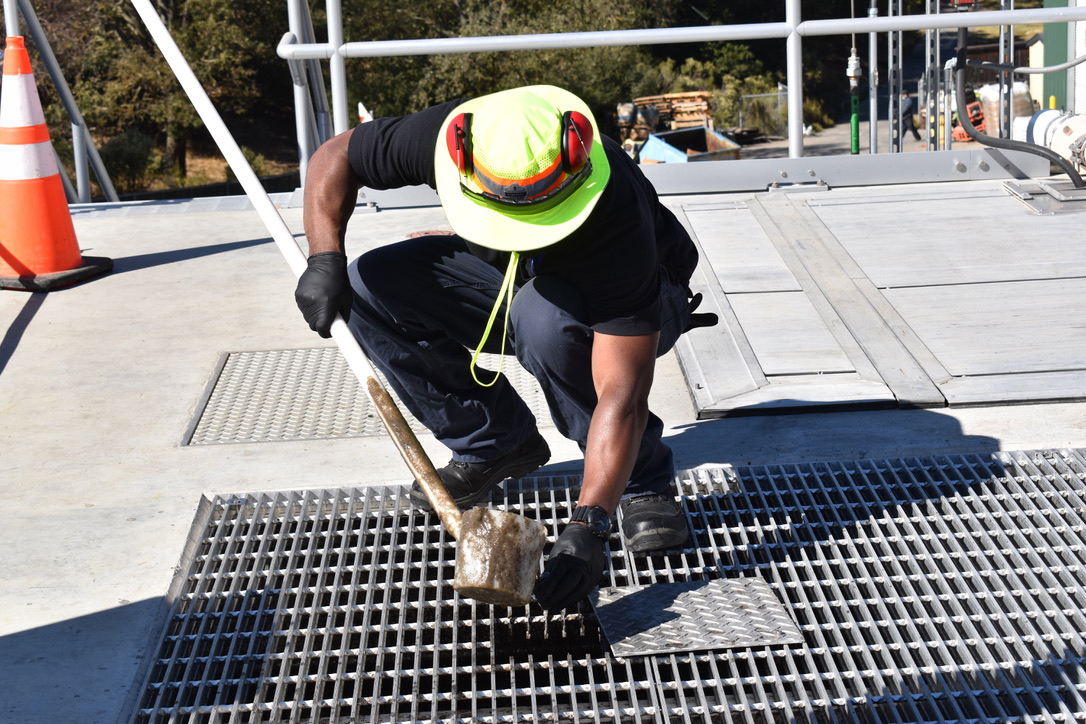California's legislative advisors Thursday, Jan. 4, lambasted the state's ambitious proposal to regulate urban water conservation, calling the measures costly and difficult to achieve, "in many cases without compelling justifications."
The proposed rules, unveiled in August, call for more than 400 cities and other water suppliers serving about 95% of Californians to meet conservation targets beginning in 2025.
The state Legislative Analyst's Office suggested significant changes to the State Water Resources Control Board's proposal, warning that the regulations would set "such stringent standards for outdoor use that suppliers will not have much 'wiggle room' in complying." They also warn that the added costs will ultimately be borne by customers.
"Whether the benefits of the new rules ultimately will outweigh the costs is unclear," the report says. "These doubts are particularly worrisome given we find that suppliers will face notable challenges complying with these requirements."
The report recommended that lawmakers direct state regulators to "make several of the proposed requirements less stringent (such as the residential outdoor standard), consider how to target state funding to assist lower-income customers, and extend some of the deadlines for suppliers to ensure they can actually achieve the framework's goals."
Water board officials didn't comment on the criticism or recommendations, but spokesperson Edward Ortiz said the report, along with other feedback received from industry and the public, will be considered. He said a new draft of the rules will be released this spring.
"With changing weather conditions threatening to reduce the state's water supply 10% by 2040, California is advancing an all-of-the-above strategy to bolster water supplies throughout the state, including conservation," Ortiz said.
Heather Cooley, director of research at the Pacific Institute, a global water think tank, said conservation and efficiency are the cheapest, fastest ways to meet California's water needs as climate change renders supplies more variable and uncertain.
"We have to take real action to ensure we can provide safe, clean, reliable water for California communities," she said. "Retrofitting and taking out old devices, transforming our landscapes, all of those things have a cost. But it's far less than developing new sources of supply."
Mandated by a package of 2018 laws, the intent of the rules is to make conservation "a way of life" in California. The rules, which are two years behind schedule, are expected to be adopted by the water board this summer before taking effect in October.
The rules don't target individuals or businesses, instead setting individualized conservation targets for urban water agencies across the state based on goals for indoor and outdoor water use, leaks and other factors.
By 2035, water providers will collectively need to reduce water use by 14%. The savings would be enough to supply about 1.2 million homes every year, or about 1% of the state's total water use.
The report called this amount "modest," noting that "the agricultural sector uses about four times as much water as the urban sector."
Water agencies and city officials warned state regulators last fall that complying would be costly — roughly $13.5 billion from 2025 to 2040 for rebates and other efforts to cut residential use. The benefits are anticipated to reach about $15.6 billion, in large part because suppliers and customers will buy less water.
The Legislative Analyst's report noted that an assessment by a consulting firm commissioned by a water supplier raised questions about those calculations. They noted that customers — particularly low-income households — would likely bear the brunt of rates increased to cover the costs.
"Even if benefits outweigh costs in the long run, whether they merit the amount of work and costs to implement the requirements as currently proposed is uncertain," the report said.
Jay Lund, vice director of the Center for Watershed Sciences at the University of California at Davis, called the report "an unusually frank assessment."
"Although there is good room for further conservation, this additional state effort seems like it is probably not needed, or at least, need not be as stringent and complicated as it seems. It has been asked, 'Is this juice worth the squeeze?'" he told CalMatters in an email.
During the last three-year severe drought, which ended last year, the Newsom administration set voluntary conservation goals that were largely ineffective. Californians used only about 6% less water from July 2021 through the end of last year compared to 2020, far less than Gov. Gavin Newsom's 15% goal.
Some areas, especially in hot, inland areas of the state, will require more stringent conservation than others under the proposed rules. Inland and eastern California will be required to cut back the most, with the biggest cuts, up to 34%, needed in desert areas, followed by the Tulare Lake region.
Even in the North Coast area, which as a whole is not expected to need to cut back at all to meet the 2035 targets, two large suppliers serving more than 1.6 million customers will nevertheless need to reduce their water use by a quarter.
But increasing conservation in the places that need it most will seem a bargain when inevitable longer and drier droughts occur, said Felicia Marcus, former chair of the water board and now a visiting fellow at Stanford University's Water in the West Program.
"The goal is both to make each locality more resilient to the nightmare curveballs climate change is throwing at us, and to do it in a way that integrates efficiency first and foremost as the most cost and carbon effective measure in the long run," Marcus said.
Sonja Petek, the principal fiscal and policy analyst who authored the report, said the office isn't saying to abandon the conservation regulations, it's just recommending changes to make them more feasible.
"Water conservation is one of the important components of the state's overall water management strategy," she said, citing more severe and prolonged droughts and the need to reduce reliance on overdrafted groundwater basins. "Our concern is that if these regulations were adopted as written, it could lead to a scenario where compliance is not feasible for some water suppliers, so the state might not achieve its ultimate goals.
Assemblymember Laura Friedman, a Democrat from Burbank and an author of the original legislation, said the report "raises some valid concerns with the rulemaking process thus far, however, I have faith in the water board to do its due diligence in implementing the standards that were passed."
This story, from Bay City News Service, was originally published by CalMatters.



Comments
Registered user
another community
on Jan 8, 2024 at 2:46 pm
Registered user
on Jan 8, 2024 at 2:46 pm
If people use native plants they do not need as much water. We do need to lower our use of water outdoors.
Registered user
Jackson Park
on Jan 8, 2024 at 5:16 pm
Registered user
on Jan 8, 2024 at 5:16 pm
Not mentioned is that agriculture and waterways take 80% of the state’s water.
Registered user
Cuesta Park
on Jan 8, 2024 at 7:49 pm
Registered user
on Jan 8, 2024 at 7:49 pm
Glad the independent Legislative Analyst's Office (LAO) is using, as almost always, an 'eye of reason' to look at this plan. "Is the juice worth the squeeze", does not seem so when the North Coast / with no great (or any) cutback need is asked to cut back "by a quarter".
That area of the state is full of lower income residents. I like it when the LAO looks out after the interests of the poor!